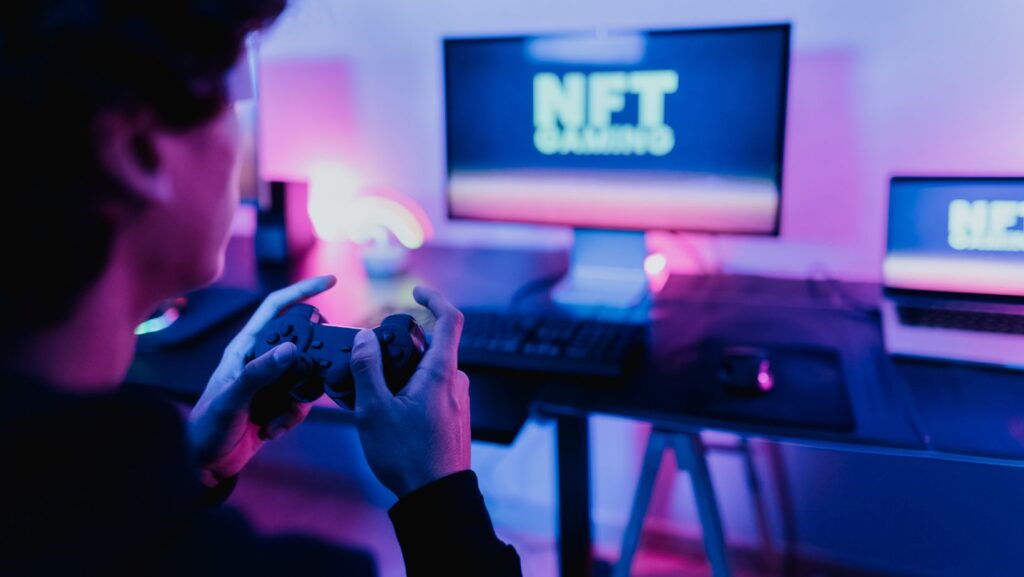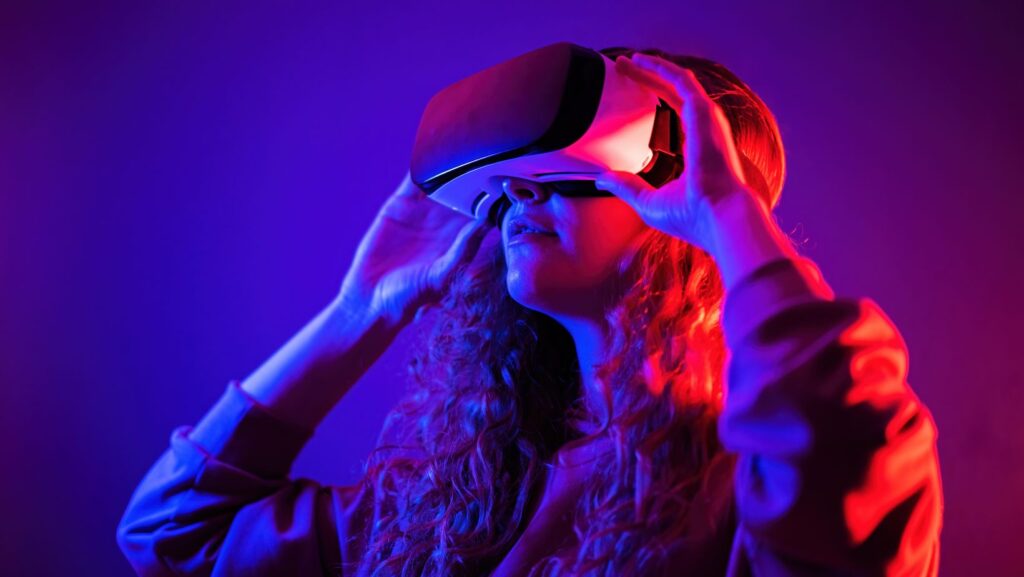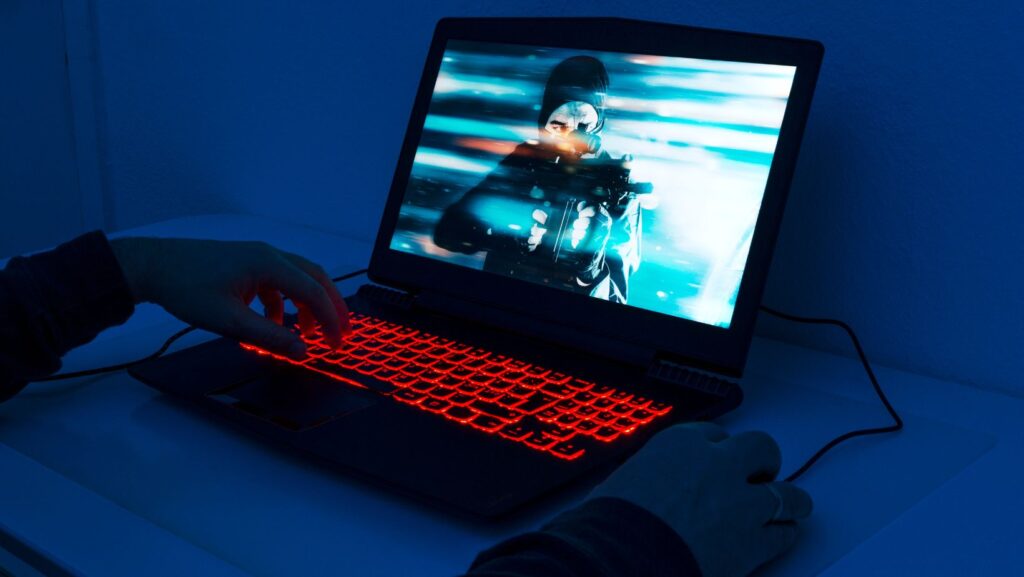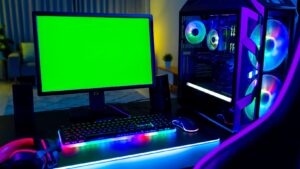 Virtual reality has transformed the gaming landscape, offering immersive experiences that were once the stuff of science fiction. As VR technology advances, having the right VR game PC becomes essential for gamers wanting to dive into these digital realms without a hitch. A powerful PC ensures smooth gameplay, stunning visuals, and the ability to handle the demanding requirements of VR headsets. Selecting the ideal VR game PC involves understanding various components like the GPU, CPU, and RAM, which play crucial roles in delivering optimal performance. Whether you’re a seasoned gamer or new to the VR scene, knowing what to look for can make all the difference in your gaming adventures. Dive into the world of VR game PCs and discover what it takes to elevate your virtual experience.
Virtual reality has transformed the gaming landscape, offering immersive experiences that were once the stuff of science fiction. As VR technology advances, having the right VR game PC becomes essential for gamers wanting to dive into these digital realms without a hitch. A powerful PC ensures smooth gameplay, stunning visuals, and the ability to handle the demanding requirements of VR headsets. Selecting the ideal VR game PC involves understanding various components like the GPU, CPU, and RAM, which play crucial roles in delivering optimal performance. Whether you’re a seasoned gamer or new to the VR scene, knowing what to look for can make all the difference in your gaming adventures. Dive into the world of VR game PCs and discover what it takes to elevate your virtual experience.
VR Gaming PC
From Basic to Advanced VR Setups
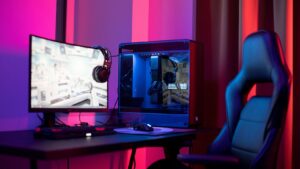 VR setups have evolved significantly from basic to advanced configurations. Basic VR setups typically include VR headsets with modest specifications, such as 3DoF (Degrees of Freedom) tracking and limited graphical fidelity. Examples include entry-level headsets like the Oculus Go or Samsung Gear VR, which rely on mobile processors and offer a more constrained virtual environment. Advanced VR setups, on the other hand, offer enhanced features like 6DoF tracking, higher refresh rates, and superior resolution. These setups usually require powerful gaming PCs equipped with high-end components. Examples include the Oculus Rift S and HTC Vive Pro, which deliver immersive experiences through advanced tracking systems and superior optics.
VR setups have evolved significantly from basic to advanced configurations. Basic VR setups typically include VR headsets with modest specifications, such as 3DoF (Degrees of Freedom) tracking and limited graphical fidelity. Examples include entry-level headsets like the Oculus Go or Samsung Gear VR, which rely on mobile processors and offer a more constrained virtual environment. Advanced VR setups, on the other hand, offer enhanced features like 6DoF tracking, higher refresh rates, and superior resolution. These setups usually require powerful gaming PCs equipped with high-end components. Examples include the Oculus Rift S and HTC Vive Pro, which deliver immersive experiences through advanced tracking systems and superior optics.
Milestones in VR Hardware Development
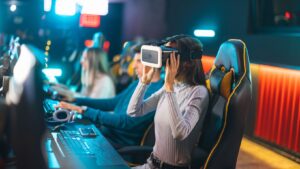 Several key milestones in VR hardware development have shaped the current landscape. In 2010, the Oculus Rift prototype introduced a new era of consumer VR with its high-resolution display and low-latency head tracking. This breakthrough laid the groundwork for more sophisticated headsets. In 2016, the launch of products like HTC Vive and PlayStation VR marked a significant leap, incorporating room-scale tracking and motion controllers. These innovations elevated the immersion level, enabling users to interact with the virtual world more naturally. 2019 brought the Valve Index, which set new standards with its high refresh rate, superior resolution, and advanced finger-tracking controllers. This milestone pushed the boundaries of VR hardware, making the experiences more realistic. Developers continue to push the envelope, integrating eye-tracking and wireless capabilities to further enhance VR gaming. As technology advances, these milestones form the foundation for future innovations in VR game PCs.
Several key milestones in VR hardware development have shaped the current landscape. In 2010, the Oculus Rift prototype introduced a new era of consumer VR with its high-resolution display and low-latency head tracking. This breakthrough laid the groundwork for more sophisticated headsets. In 2016, the launch of products like HTC Vive and PlayStation VR marked a significant leap, incorporating room-scale tracking and motion controllers. These innovations elevated the immersion level, enabling users to interact with the virtual world more naturally. 2019 brought the Valve Index, which set new standards with its high refresh rate, superior resolution, and advanced finger-tracking controllers. This milestone pushed the boundaries of VR hardware, making the experiences more realistic. Developers continue to push the envelope, integrating eye-tracking and wireless capabilities to further enhance VR gaming. As technology advances, these milestones form the foundation for future innovations in VR game PCs.
Features of a Gaming PC
Graphics Processing Power
A top-tier VR game PC requires exceptional graphics processing power. It’s driven by a high-end GPU like NVIDIA’s RTX 30-series or AMD’s Radeon RX 6000 series. These GPUs support high frame rates and resolutions, essential for an immersive VR experience. For instance, the NVIDIA RTX 3080 delivers up to 30 teraflops of graphical processing power, providing seamless performance. GPUs should ideally support VR-specific features like Asynchronous Spacewarp (ASW) and Variable Rate Shading (VRS) to enhance graphical fidelity and reduce latency.
Memory and Storage Solutions
Memory and storage solutions significantly impact VR gaming performance. A VR game PC requires at least 16GB of RAM, though 32GB is recommended for future-proofing. High-speed DDR4 RAM with low latency ensures smooth multitasking and game loading. SSDs, especially NVMe variants, offer rapid load times and data access. For instance, an NVMe SSD like the Samsung 970 Evo offers read speeds up to 3,500 MB/s, crucial for quick game asset loading and smooth VR experiences. Storage capacity should start at 1TB to accommodate multiple VR titles and their updates.
Selecting the Right VR Headset
Comfort and Fit
Comfort is essential for extended VR sessions. A well-fitting headset should distribute weight evenly across the head. Headsets like the Oculus Quest 2 and the Valve Index offer adjustable straps and balanced designs, providing maximum comfort. Padded materials around the face and headband help prevent discomfort.
Display Quality and Refresh Rate
Display quality significantly impacts the VR experience. Look for headsets with high-resolution screens; for example, the HP Reverb G2 offers 2160×2160 pixels per eye. A higher refresh rate reduces motion blur and improves immersion. Headsets like the Oculus Rift S and HTC Vive Pro feature refresh rates up to 120Hz, ensuring smooth visuals during gameplay.

